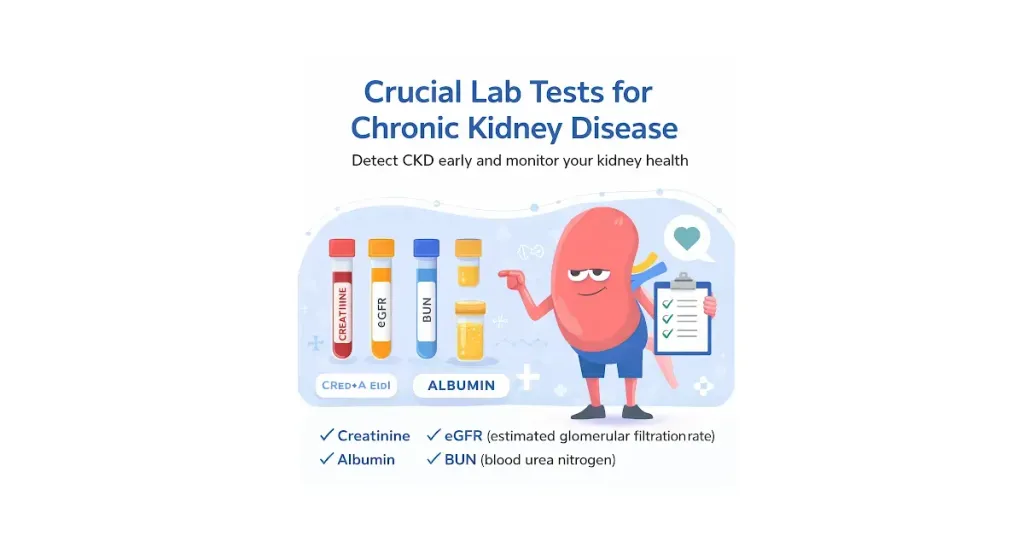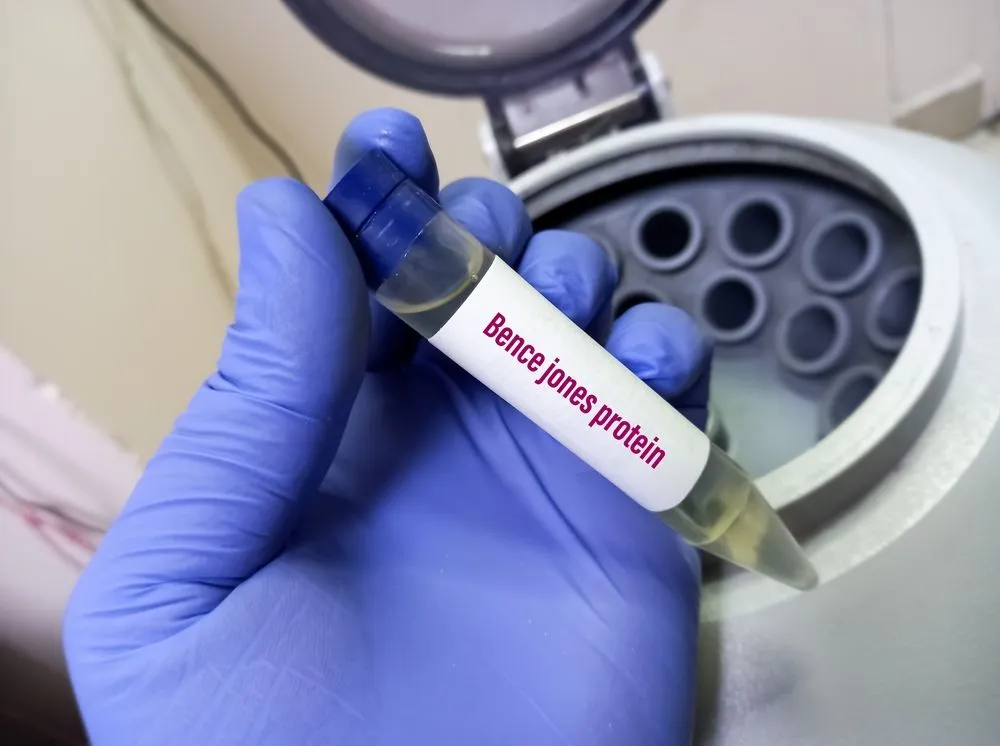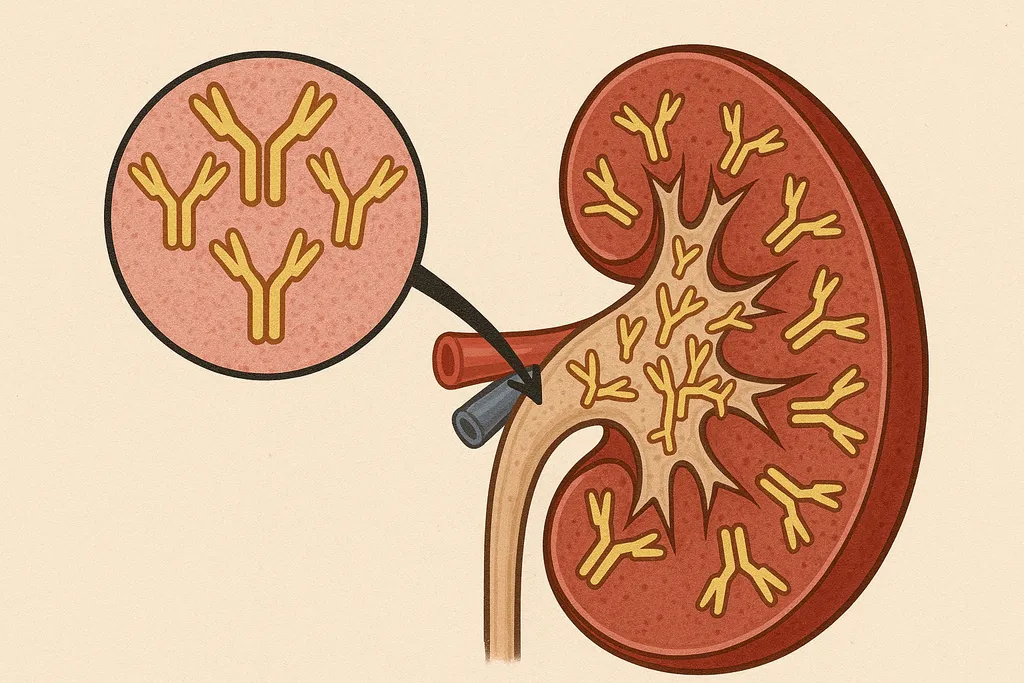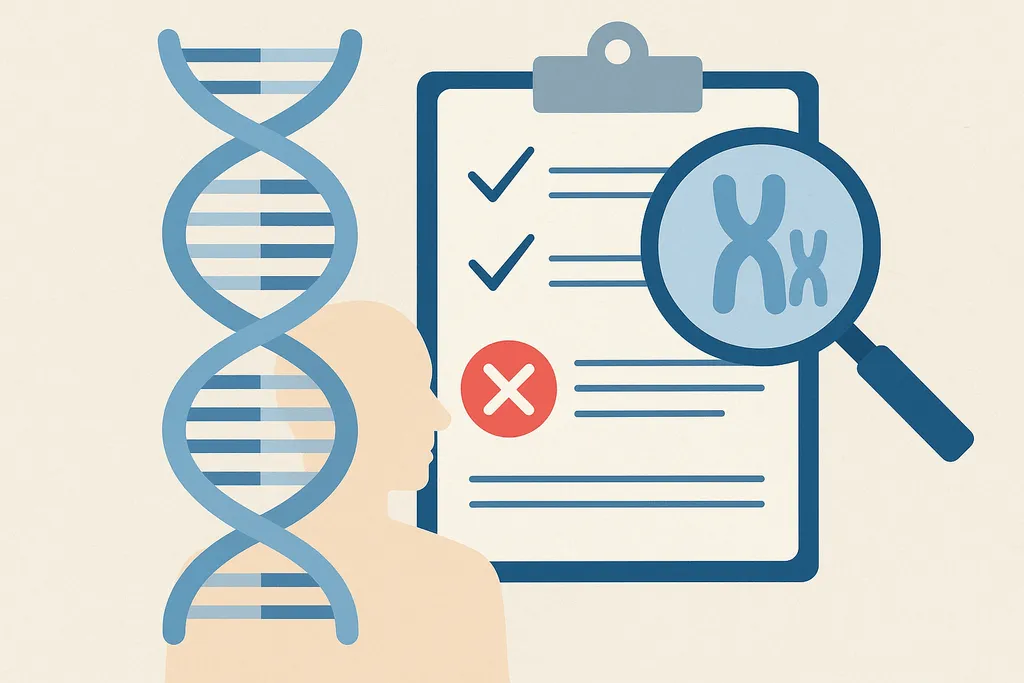What are C.R.A.B. Symptoms of Multiple Myeloma?

C.R.A.B. is an acronym that describes the most common symptoms of multiple myeloma.
CRAB features are important in diagnosing multiple myeloma (MM). The presence or absence of these features can help specialists distinguish between active, symptomatic, or smoldering myeloma.
Understanding C.R.A.B.
C: Calcium (elevated blood calcium levels = hypercalcemia). Myeloma attacks the bone, and the breakdown can cause high calcium levels in the blood. Symptoms can include excessive thirst, frequent urination, bone pain, muscle weakness, confusion, and fatigue.
R: Renal damage or insufficiency. The most common cause of kidney failure in myeloma patients is the proteins secreted by the malignant cells. Myeloma cells produce high levels of abnormal proteins in the blood. Depending on their size, these proteins may be excreted through the kidneys, which can cause damage. Additionally, increased bone loss leads to hypercalcemia, which can also contribute to kidney failure.
A: Anemia (low red blood cell count). Anemia caused by myeloma results from the replacement of normal bone marrow by infiltrating tumor cells and inhibition of normal red blood cell production. Symptoms of anemia can include exhaustion, weakness, mental fatigue, and forgetfulness.
B: Bone disease (bone lesions or bone pain). Bone pain affects most myeloma patients, usually in the spine and ribs. Bone fractures and spinal cord compression are also common. Bone breakdown also releases calcium in the blood, leading to hypercalcemia. It is common for bone problems to cause pain, breaks, and spinal problems.
People with one or more of the criteria listed above are considered active myeloma patients, as those with smoldering myeloma do not present with CRAB features.
Watch the video below for more information on how active myeloma is defined.
How CRAB Symptoms Impact Patient Outcomes?
A CRAB MM study from 2017 tested the outcome of patients based on the CRAB criteria they presented with at the time of diagnosis. People with symptomatic multiple myeloma presented with the following CRAB MM statistics:
- Hypercalcemia: 6%
- Renal failure: 29%
- Anemia: 57%
- Bone disease: 68%
According to this study, patients with hypercalcemia and bone disease showed significantly worse survival, whereas those patients with anemia or renal failure showed no difference in survival. However, despite your CRAB criteria, the type of therapy and quality of care you receive are the most influential factors of survivability and quality of life.
Key Takeaways
In conclusion, the CRAB criteria are essential in diagnosing and understanding the progression of multiple myeloma.
While the presence of certain CRAB features, like hypercalcemia and bone disease, can indicate a more severe prognosis, the type of therapy and quality of care play a crucial role in improving outcomes.
By recognizing and addressing these symptoms early, healthcare providers can tailor treatment strategies to enhance patient survival and quality of life.
While multiple myeloma treatments will help ease your CRAB symptom burden, you may also be experiencing other side effects caused by medications or the myeloma itself. Search solutions for those side effects (as well as vote on the solutions’ efficacy) here: Side Effects Solutions Tool
C.R.A.B. is an acronym that describes the most common symptoms of multiple myeloma.
CRAB features are important in diagnosing multiple myeloma (MM). The presence or absence of these features can help specialists distinguish between active, symptomatic, or smoldering myeloma.
Understanding C.R.A.B.
C: Calcium (elevated blood calcium levels = hypercalcemia). Myeloma attacks the bone, and the breakdown can cause high calcium levels in the blood. Symptoms can include excessive thirst, frequent urination, bone pain, muscle weakness, confusion, and fatigue.
R: Renal damage or insufficiency. The most common cause of kidney failure in myeloma patients is the proteins secreted by the malignant cells. Myeloma cells produce high levels of abnormal proteins in the blood. Depending on their size, these proteins may be excreted through the kidneys, which can cause damage. Additionally, increased bone loss leads to hypercalcemia, which can also contribute to kidney failure.
A: Anemia (low red blood cell count). Anemia caused by myeloma results from the replacement of normal bone marrow by infiltrating tumor cells and inhibition of normal red blood cell production. Symptoms of anemia can include exhaustion, weakness, mental fatigue, and forgetfulness.
B: Bone disease (bone lesions or bone pain). Bone pain affects most myeloma patients, usually in the spine and ribs. Bone fractures and spinal cord compression are also common. Bone breakdown also releases calcium in the blood, leading to hypercalcemia. It is common for bone problems to cause pain, breaks, and spinal problems.
People with one or more of the criteria listed above are considered active myeloma patients, as those with smoldering myeloma do not present with CRAB features.
Watch the video below for more information on how active myeloma is defined.
How CRAB Symptoms Impact Patient Outcomes?
A CRAB MM study from 2017 tested the outcome of patients based on the CRAB criteria they presented with at the time of diagnosis. People with symptomatic multiple myeloma presented with the following CRAB MM statistics:
- Hypercalcemia: 6%
- Renal failure: 29%
- Anemia: 57%
- Bone disease: 68%
According to this study, patients with hypercalcemia and bone disease showed significantly worse survival, whereas those patients with anemia or renal failure showed no difference in survival. However, despite your CRAB criteria, the type of therapy and quality of care you receive are the most influential factors of survivability and quality of life.
Key Takeaways
In conclusion, the CRAB criteria are essential in diagnosing and understanding the progression of multiple myeloma.
While the presence of certain CRAB features, like hypercalcemia and bone disease, can indicate a more severe prognosis, the type of therapy and quality of care play a crucial role in improving outcomes.
By recognizing and addressing these symptoms early, healthcare providers can tailor treatment strategies to enhance patient survival and quality of life.
While multiple myeloma treatments will help ease your CRAB symptom burden, you may also be experiencing other side effects caused by medications or the myeloma itself. Search solutions for those side effects (as well as vote on the solutions’ efficacy) here: Side Effects Solutions Tool

about the author
Lizzy Smith
Lizzy Smith was diagnosed with myeloma in 2012 at age 44. Within days, she left her job, ended her marriage, moved, and entered treatment. "To the extent I'm able, I want to prove that despite life's biggest challenges, it is possible to survive and come out stronger than ever," she says.
More on Core Education
Trending Articles
Upcoming Events




Get the Latest Multiple Myeloma Updates, Delivered to You.
By subscribing to the HealthTree newsletter, you'll receive the latest research, treatment updates, and expert insights to help you navigate your health.
Together we care.
Together we cure.
3x Faster.













